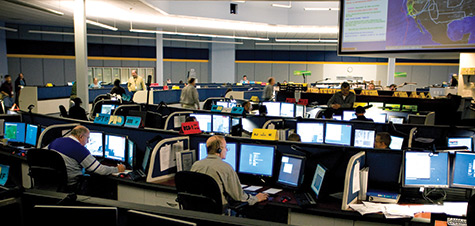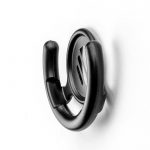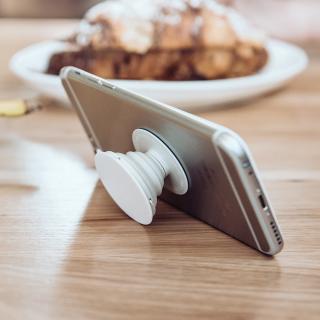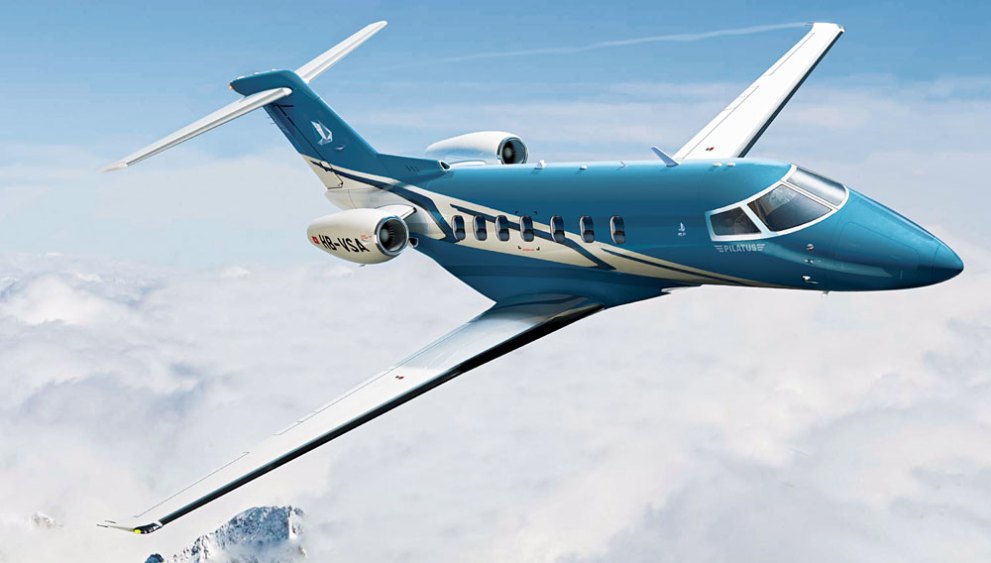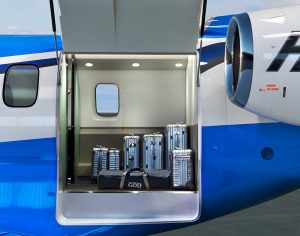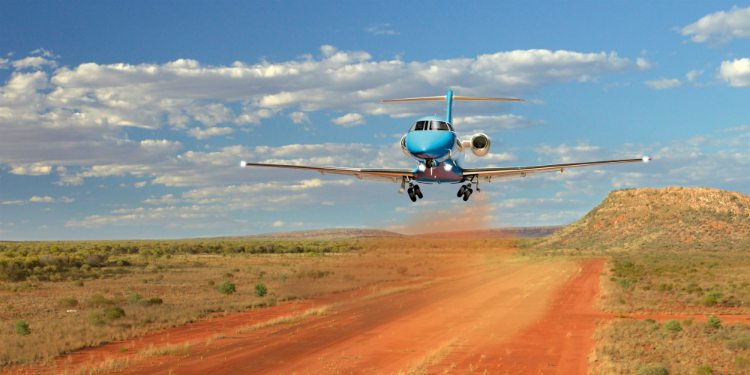The closer we get to 2020, the more innovative companies are getting with ADS-B out solutions. There are a myriad of transponders out there that have been released in to meet the ADS-B out requirement and to offer ADS-B in options. L3 has the Lynx transponder line (and hardware to upgrade an already installed GTX 327 or GTX 330), Garmin has the GTX 345 and offers upgrades to the GTX 330, Appareo has it’s Stratus ESGi ADS-B out transponder, and Avidyne offers it’s AXP340 transponder, among others.
Most of the ADS-B solutions require some kind of panel work, whether it’s pulling out the Garmin GTX 330 to send off, or making panel modifications to fit the L3 Lynx in. Very few are actual slide in replacements, so there is some labor involved in swapping transponders.
Want a simpler and more innovative solution? uAvionix, a Montana based company that makes the recently released Scout portable ADS-B In solution, has a product for you. Meet the SkyBeacon.
What is it? The uAvionix SkyBeacon is simply a navigation light replacement that bolts on your wing with a fin that hangs down. All the ADS-B out transmitting equipment is placed behind the nav light on the device. It has an integrated WAAS GPS unit, can work with any Mode C or Mode S transponder wirelessly, and it mounts directly in to where the original nav light was, same screws and everything. No additional hardware needed. uAvionix claims installation should take 10 minutes.
Configuration is super easy too, as it is all done on a smart phone on the uAvionix app.
Right now, the uAvionix SkyBeacon is only approved for experimental aircraft, but, according to their website, uAvionix expects FAA certification in early spring. With a price tag of only $1,500 and a strobe light to be added as well, this is your simplest and easiest ADS-B compliance solution.

